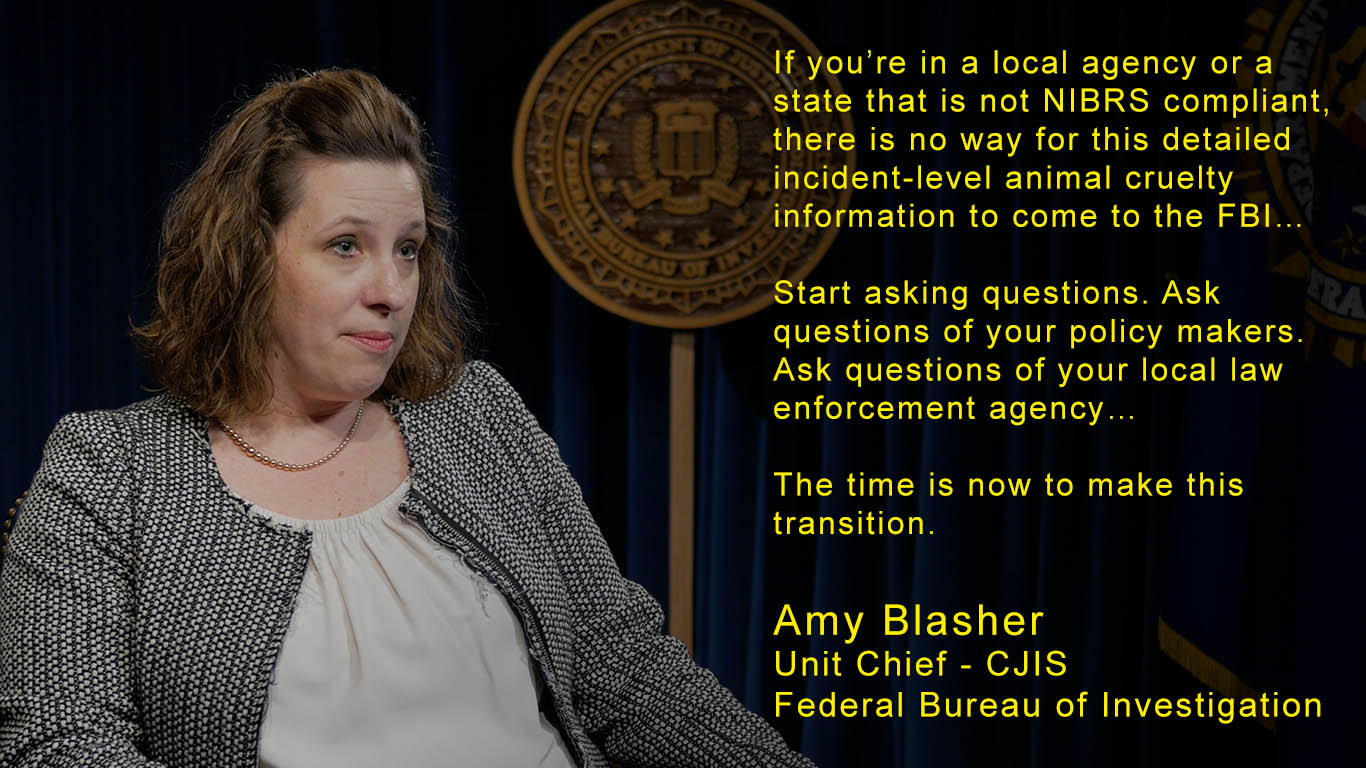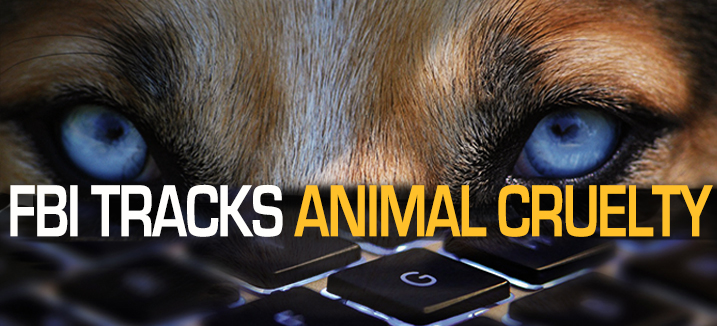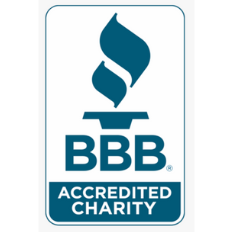The FBI Animal Cruelty Database
On January 1, 2016, the Federal Bureau of Investigation (FBI) began tracking crimes against animals via the National Incident-Based Reporting System (NIBRS), listing animal cruelty crimes as Group A offenses—the same category as arson, rape, and murder. The NIBRS database will now include all animal cruelty cases investigated by participating law enforcement agecies, which will fall under four categories: gross neglect, torture, organized abuse (such as dogfighting and cockfighting), and sexual abuse (bestiality).
On January 1, 2021, NIBRS replaced the FBI's Summary Reporting System (SRS), which had been in use since 1930 and did not track crimes against animals. A transition to NIBRS will allow the FBI to gather a comprehensive database about crimes against animals from participating law enforcement agencies. This is a huge step forward because it is the first time animal cruelty statistics will be collected by a federal agency and will help identify patterns of crime committed against animals. In 2019, there were 9,956 animal cruelty offences reported in NIBRS from participating law enforcement agencies.
Throughout the years, LCA has campaigned to increase citizen and law enforcement participation in NIBRS as this important database, when utilized by all law enforcement agencies across the United States, will be instrumental in linking crimes nationwide and will prevent crimes against both animals and humans. A study done by Northwestern University found people who abuse animals are five times more likely to commit violent crimes against humans, and it is a known fact that serial killers often start by torturing and killing animals.
Participation in NIBRS has increased significantly across the United States, but there are still many law enforcement agencies that are not participating in NIBRS. LCA's campaign is targeted at increasing participation from citizens and law enforcement agencies, identifying the link between animal and human violence, and creating a comprehensive database to track crimes committed against animals.
Great News: Strengthening The National Animal Cruelty Act!
On November 25, 2019, the Preventing Animal Cruelty and Torture (PACT) Act was signed into law, making animal cruelty a federal felony. The bi-partisan bill, which was introduced by Rep. Ted Deutch (D-Fla) and Rep. Vern Buchanan (R-Fla), closes a loophole in the 2010 Animal Crushing Video Prohibtion Act by outlawing the crushing, burning, drowning, suffocating, impaling, and sexual exploitation of animals. The 2010 Act previously only banned the actual creation and distribution of animal crushing videos, not the underlying acts of animal abuse. Those found guilty of violating the law will be charged with a federal felony offense and will face a penalty of up to seven years in prison.
How NIBRS Can Succeed
Law enforcement agencies across the U.S. contribute crime data to NIBRS—but their involvement is on a voluntary basis. Of the nearly 18,000 law enforcement agencies in the country—including city police, university/college police, county police and sheriffs, state police, tribal police, and even some federal agencies—only about 43 percent contribute crime data to NIBRS. If you live in one of the many jurisdictions that do not report to NIBRS, animal crimes that occur in your area are not currently entered into the database.

From LCA interview with FBI Unit Chief Amy Blasher, 2016
In order for animal cruelty to be properly tracked and studied by the FBI, NIBRS must be implemented by law enforcement agencies throughout the United States.
Unfortunately, many of the largest law enforcement agencies in the country — including the New York, Chicago, and Los Angeles police departments—do not report to NIBRS at all. The FBI animal cruelty database can only succeed if law enforcement agencies participate—and citizens like you can help make this happen.

From LCA interview with Deputy Executive Director John Thompson, 2016
LCA's Campaign: Animal Cruelty = Human Cruelty
It's a proven fact that serial killers like the Boston Strangler, Son of Sam, and Jeffrey Dahmer tortured and killed animals before they began murdering human victims. LCA actively campaigns against animal abusers because we know where it leads:
- In 2008, Los Angeles Assistant Fire Chief Glynn Johnson beat his neighbors' 6-month-old puppy to death. LCA led numerous demonstrations and vigils mourning the dog's life. At the trial, it was revealed that Glynn was also abusive to his 14-year-old daughter; in one instance, he pushed her to the ground, hit her with his belt buckle and shouted, "I wish you were dead." Unfortunately, Johnson was sentenced to just 90 days in jail and 3 years probation.
- In 2010, 27-year-old Canadian Luka Magnotta began posting videos of himself torturing kittens on the Internet. LCA alerted law enforcement but received no response. In 2012, Magnotta murdered his alleged former lover, Jun Lin, and posted the video online. A manhunt began, and LCA's Special Investigations Unit (SIU) helped gather evidence to track Magnotta down. He was eventually caught and sentenced to life in prison.
- In 2015, Chinese exchange student Duanying Chen beat, burned and raped his girlfriend's Doberman puppy Davey, who was so badly injured he had to be put to sleep. Chen also abused his girlfriend, and once strangled her until she lost consciousness. The Santa Barbara, California court issued a shockingly lenient sentence, spurring a major protest led by LCA Founder Chris DeRose. After being released from jail after just 6 months, Chen was deported back to his home country.
As Chris DeRose has been saying for years: "There is a direct correlation between animal abuse and violent offenders."
What You Can Do to Help the Database Succeed:
1. Use the map below to check your state's NIBRS participation. If your state does not participate -- or only partially participates -- in NIBRS, use the contact information provided in the map and urge them to join. CLICK HERE FOR SAMPLE LETTER.
2. If you live in a state with partial NIBRS participation, check here to see if your local jurisdiction is participating. If your local law enforcement agency is not listed, that means they do currently participate. Contact the agency directly and urge them to join the system. (Click here for sample letter.)
3. Report all animal cruelty, and encourage others to do the same. For the database to succeed, your local law enforcement must be notified of crimes against animals and report them.












